How would you define a piece of clothing? You could break it down into several components: the cut, the construction, the details—and, obviously, the fabric. All of these elements come together to create something greater: a tool, a function, a style—a garment.
I genuinely believe that fabric is the most important part. It’s the very essence of what you’re wearing. Fabric dictates the style, the comfort, the performance, how and when you can wear it, and how confident—or comfortable—you’ll feel while doing so.
It even impacts something people often overlook: odor. Certain materials, especially synthetics like polyester, tend to trap sweat and smell. Natural fabrics like wool or linen, on the other hand, are more breathable and naturally odor-resistant—an underrated but essential quality in hot weather or active situations.
Think about how crucial this is in nature. If you’re hiking, wearing the wrong fabric can be more than a style misstep—it can be dangerous. Cotton holds onto moisture and dries slowly, which can quickly lead to feeling cold and damp. That’s why merino wool is a go-to in outdoor settings: it keeps you warm, dry, and comfortable, even when the weather turns or when you start sweating.
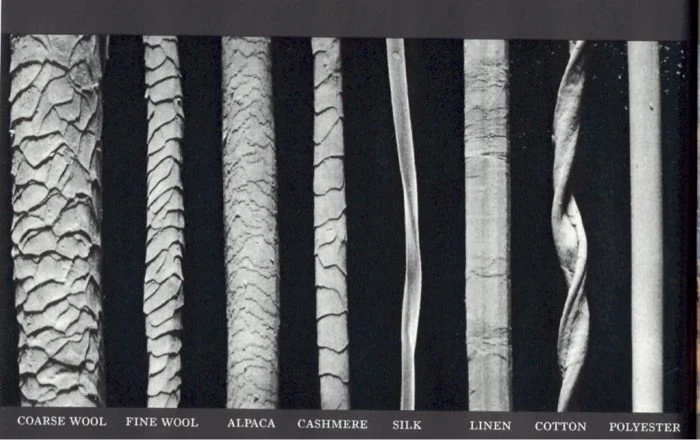
But fabric doesn’t just affect performance—it also influences style. Take a shirt, for example. The same cut in linen will feel much more casual than in crisp cotton, simply because of the natural wrinkles and texture linen brings.
Clearly, fabric impacts everything. And yet, many men still don’t pay attention to it. They focus only on the design or brand, never checking the label to see what the garment is actually made of. For me, the first thing I do when I find a piece I like is flip the tag and read the composition. That’s the most important step in deciding whether it deserves a place in my wardrobe.
Knowing your fabrics means making smarter decisions.
It’s the difference between a shirt that breathes and one that suffocates, or between trousers that improve with age, and ones that feel stiff, synthetic, and lifeless from day one.
Every fabric has its own personality—its pros, cons, and context. And in this three-part series, I’ll walk through the three major fabric families, starting with the most essential: natural fibers.
Natural fabrics come from plants or animals. They’ve been used for millennia and still define high-quality menswear today. Why? Because they offer comfort, breathability, performance, and character—qualities that synthetics can only try to imitate.
Cotton
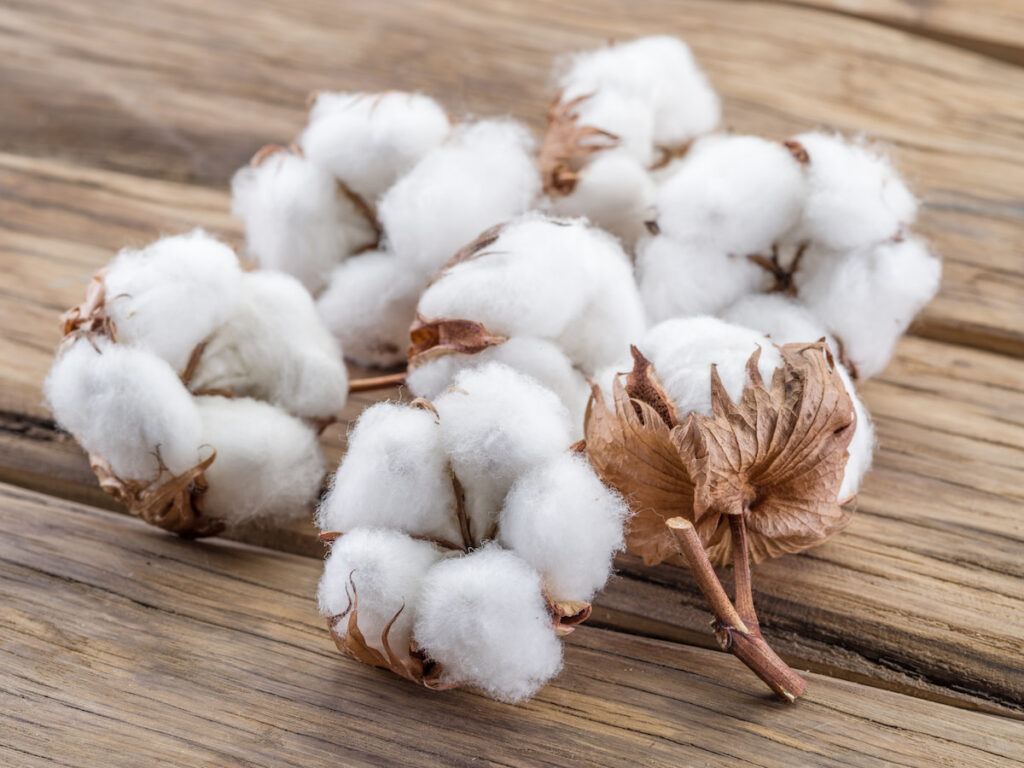
The most commonly used fabric in contemporary clothing, cotton comes from the cotton plant and is widely featured in modern menswear—whether for shirts, T-shirts, denim, underwear, chinos, and more. There are many reasons for its popularity. First, it is soft, breathable, and durable—especially when woven densely, as in twill or denim. It is easy to wash, accepts dye well (offering rich colors), and most importantly, it is the least expensive among natural fabrics. Cotton is abundant, cheap to produce, and requires fewer complex treatments compared to wool.
Some varieties are more prized than others. You have probably heard of Egyptian or Pima cotton, both celebrated for their extra softness and durability.
One drawback, I would argue, is that cotton retains moisture, making it unsuitable for demanding sports or outdoor activities. It also tends to hold onto odors and therefore needs frequent washing.
Below are a few examples of garments usually made with cotton. Note these are just examples of many more uses, cotton being the most widely used fabric.
- Shirts: Poplin, Oxford, Twill, depending on how the cotton is woven, you can get many different styles and properties for your clothes
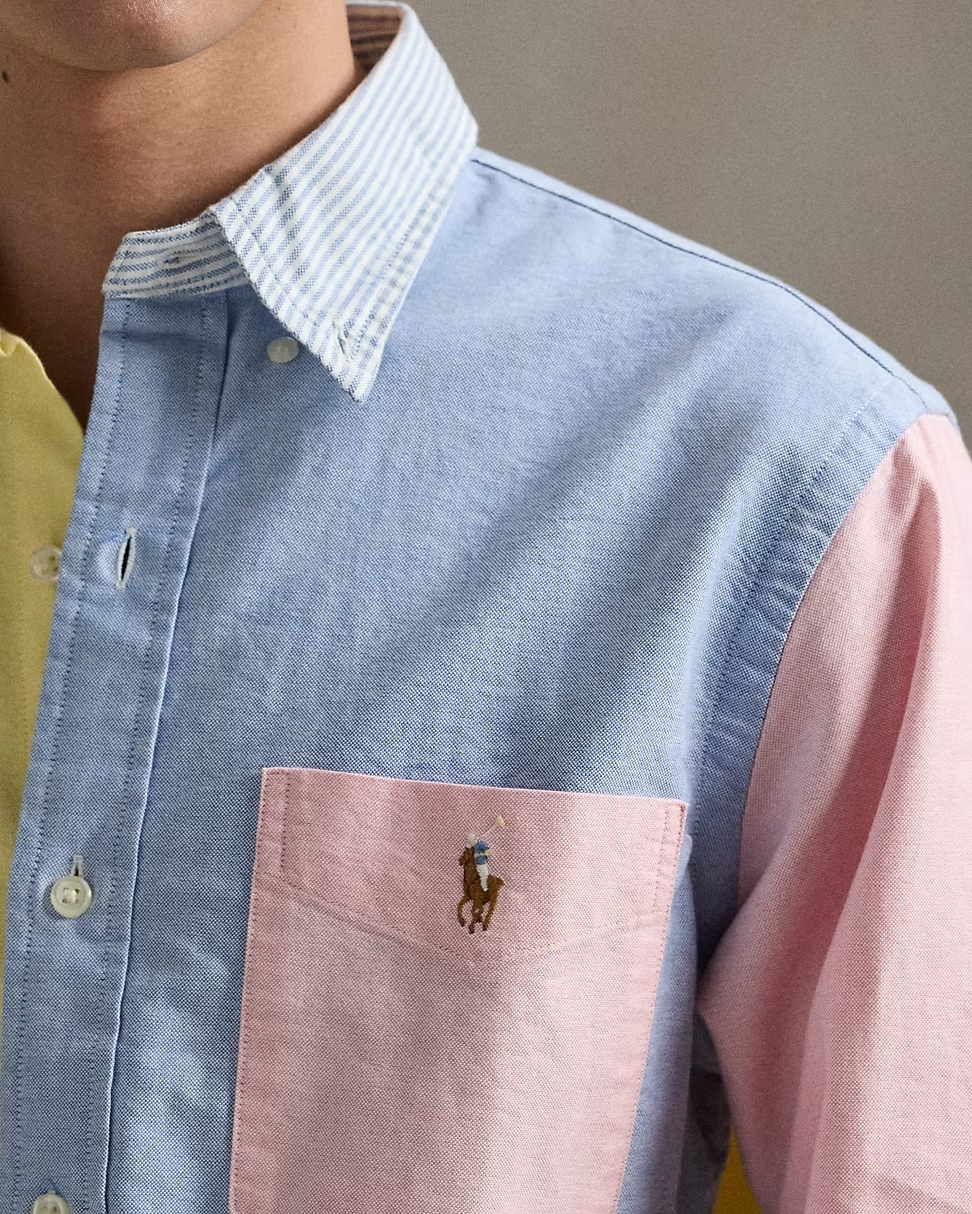
- Denim: Used mainly for jeans but also for western shirts
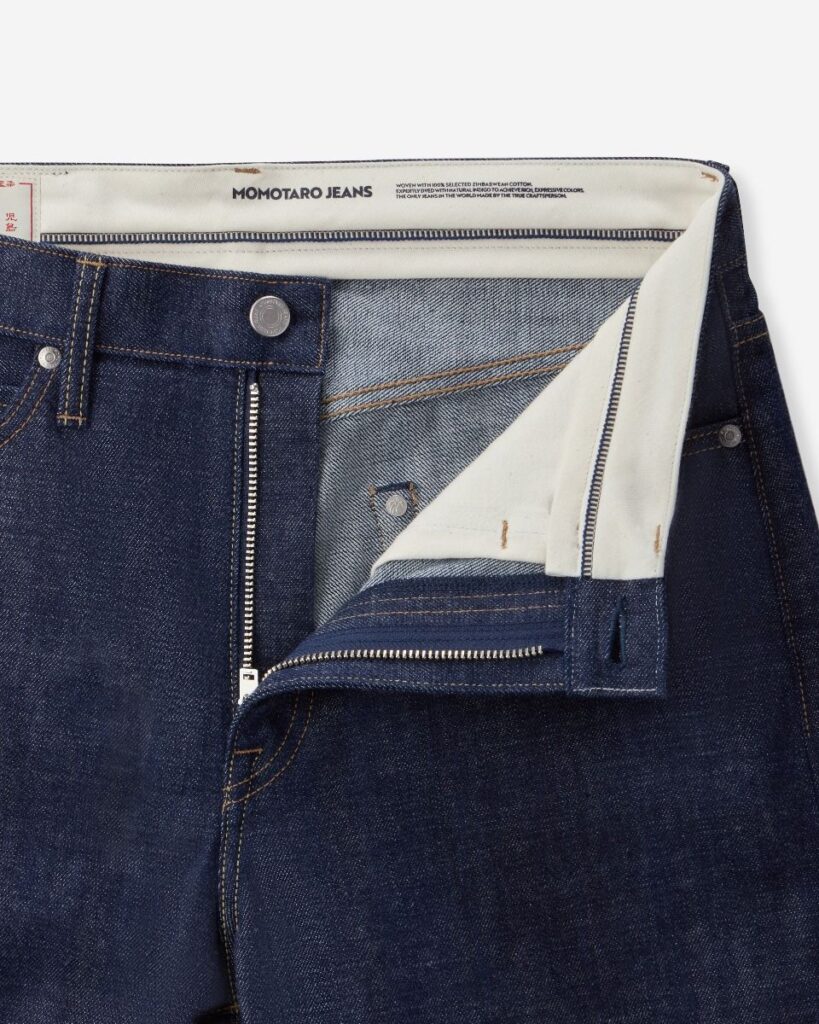
- Chinos: Durable twill-woven cotton fabric

Linen
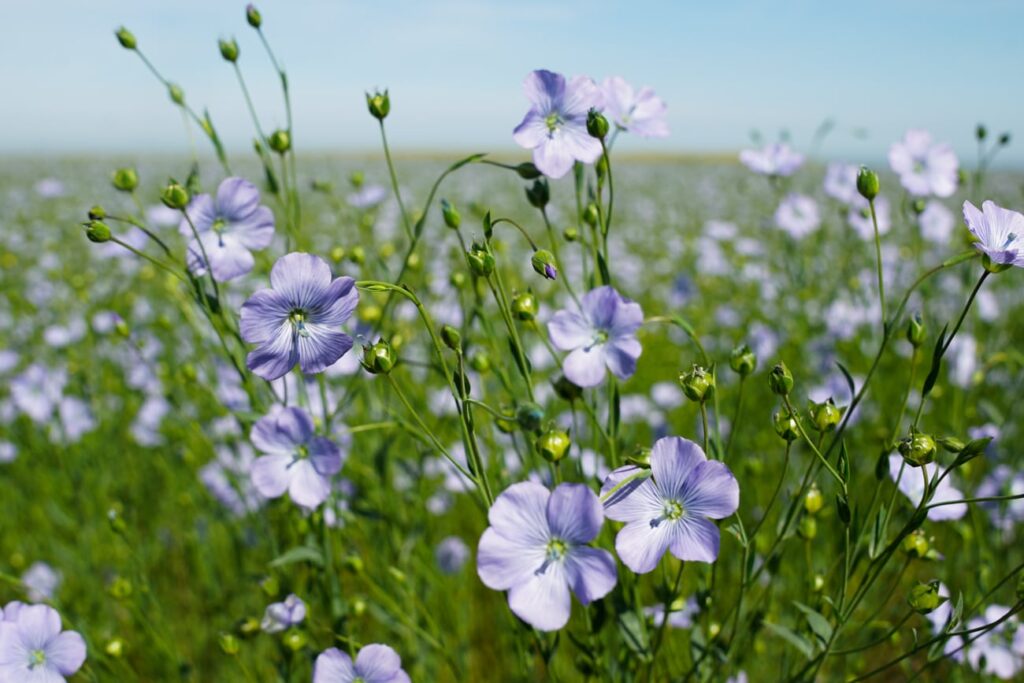
The king of summer! If you should wear just one fabric during the summer, it’s linen—thanks to its impressive breathability, lightweight feel, and quick-drying properties. Unlike cotton, linen resists water absorption, so it dries very fast, helping you stay cool and sweat-free.
One drawback is its tendency to wrinkle easily and its somewhat rougher texture compared to cotton. Because of this, linen has a more casual vibe when used for shirts or suits.
One trick I’ve mentioned before on this blog is: don’t fight the wrinkles—wear them with pride!
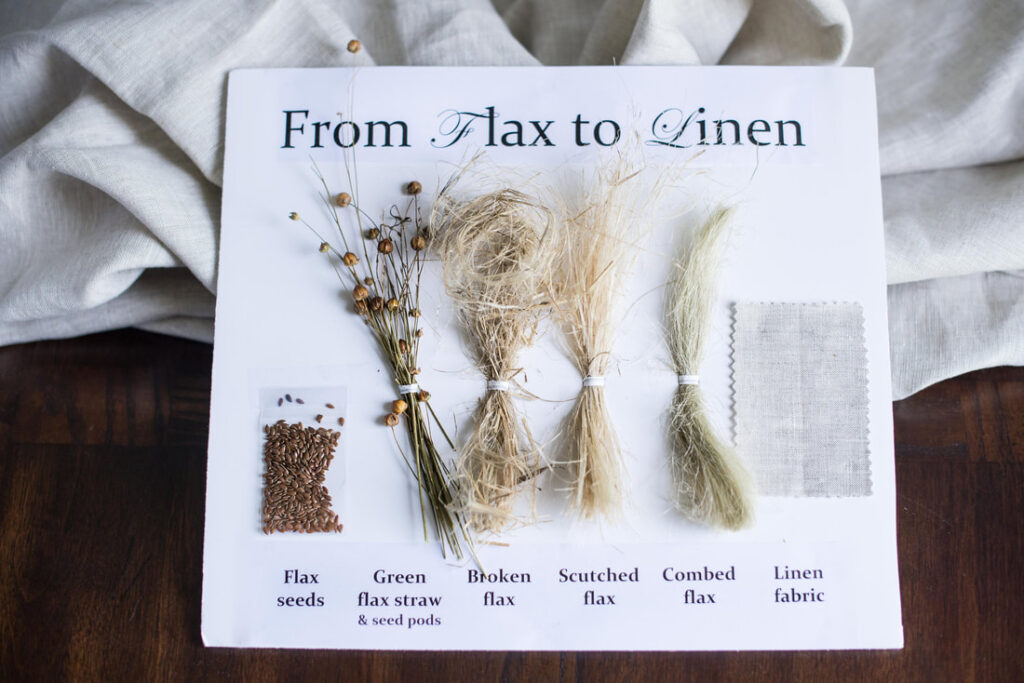
It’s worth mentioning that linen has a close cousin: hemp. While linen is made from flax fibers, hemp comes from the Cannabis sativa plant—a botanical relative that’s been used for centuries to make textiles. Hemp fibers are incredibly strong, breathable, and moisture-wicking, similar to linen, but with a slightly coarser texture that gives it a rustic, natural charm.
A few examples of what linen is used for:
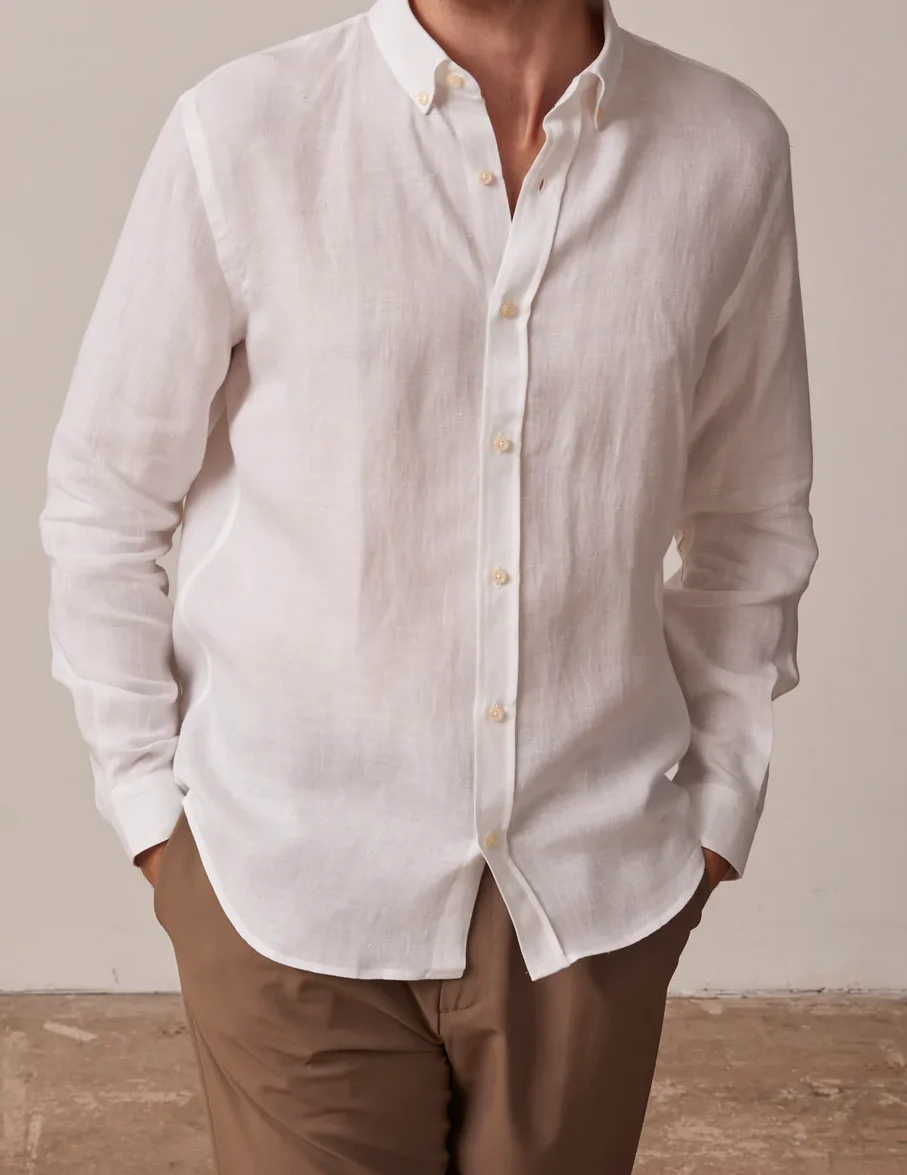
– Figaret
- Linen suits are perfect for summer. Don’t pay attention to the wrinkles
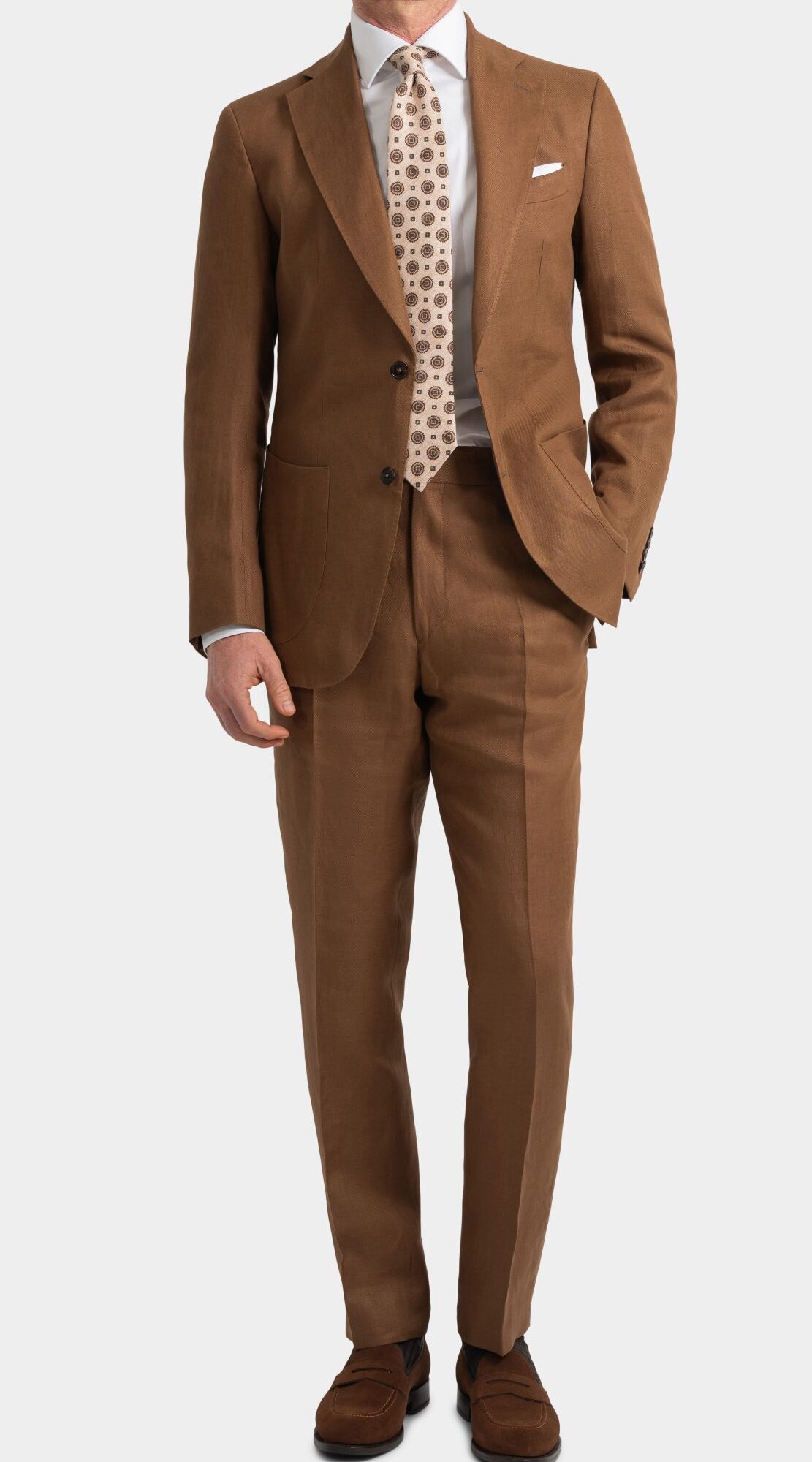
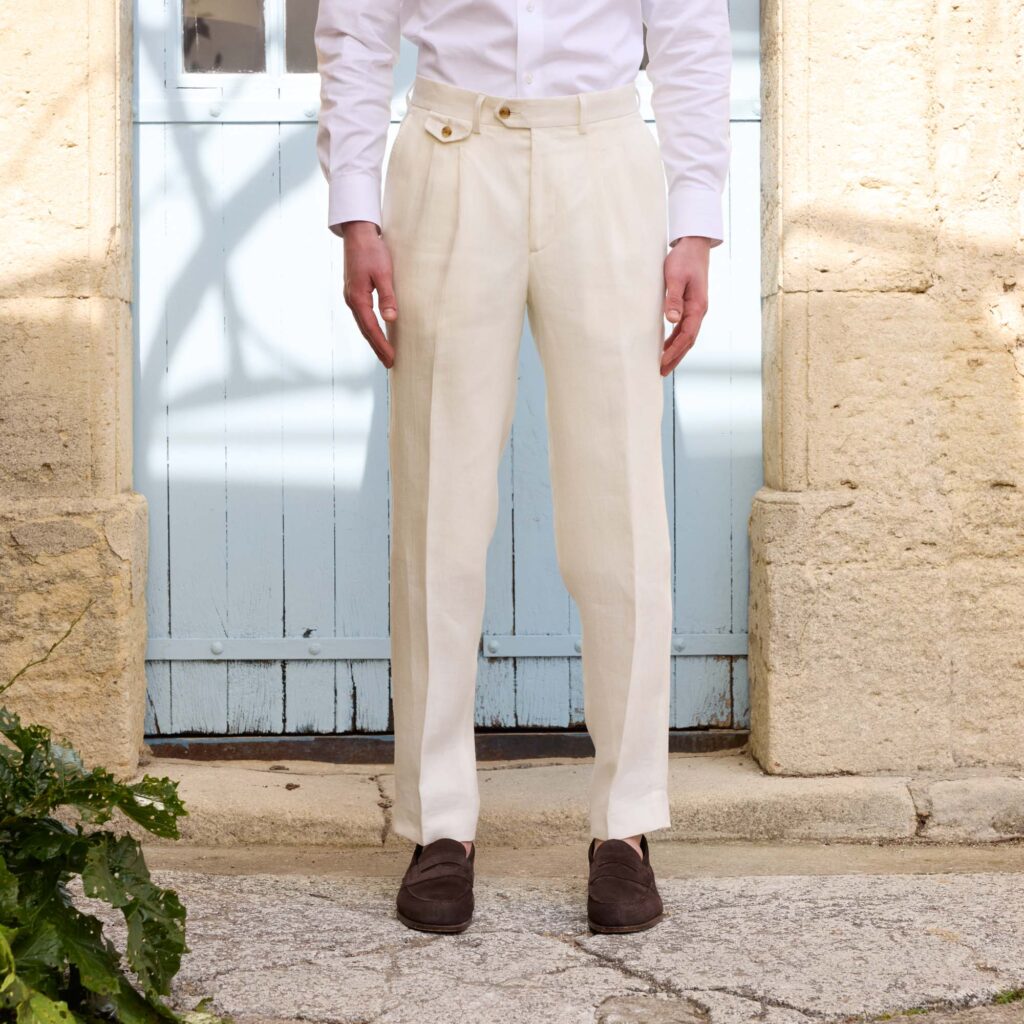
Wool
In my opinion, wool is the best fabric. It has remarkable physical properties that make it a true jack of all trades. Although many people think it’s only suitable for winter because of its well-known ability to keep you warm, wool’s good breathability, quick-drying nature, and natural resistance to odors make it a perfect fabric for summer as well. Its insulating properties are beneficial in all seasons.
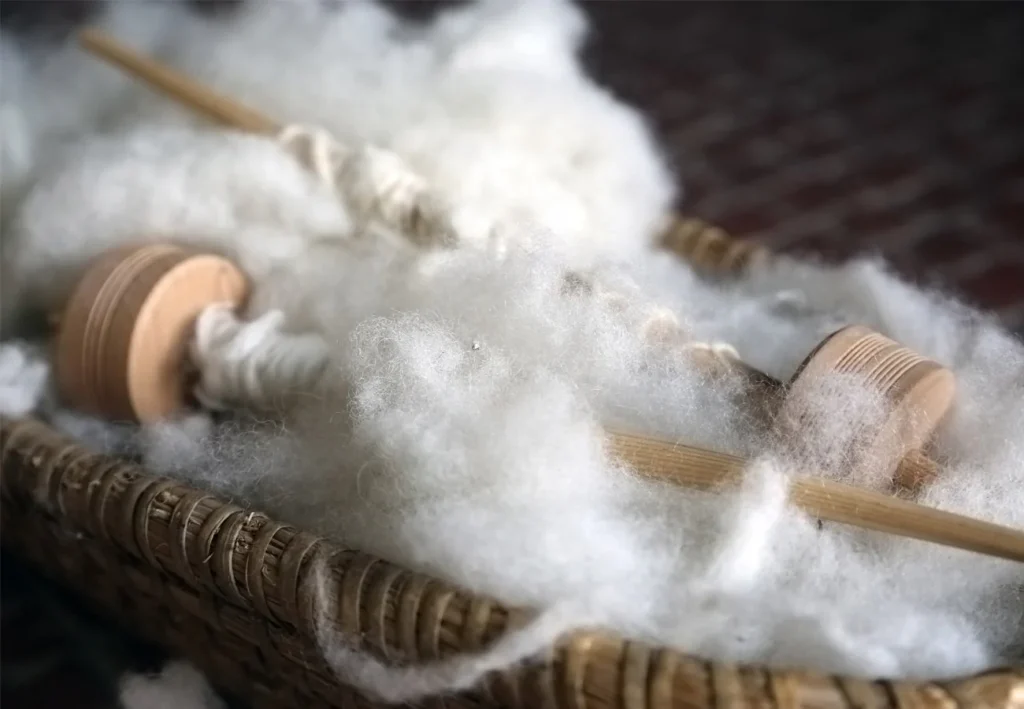
Wool comes from animals, most commonly sheep, but essentially it is animal hair. This means there are many different types of wool, depending on the animal it comes from: the traditional coarse wool that can sometimes itch from common sheep, the softer merino wool from Merino sheep, and more luxurious and delicate fibers like cashmere, alpaca, and mohair.

However it does come with a few downsides. As mentioned, if you choose traditional coarse wool, it can feel itchy and may not be very comfortable. The fabric also requires careful washing and drying. And last but not least, it is more expensive than cotton, with prices varying depending on the animal the wool comes from, of course.
- Wool is the only fabric I would recommend for a coat
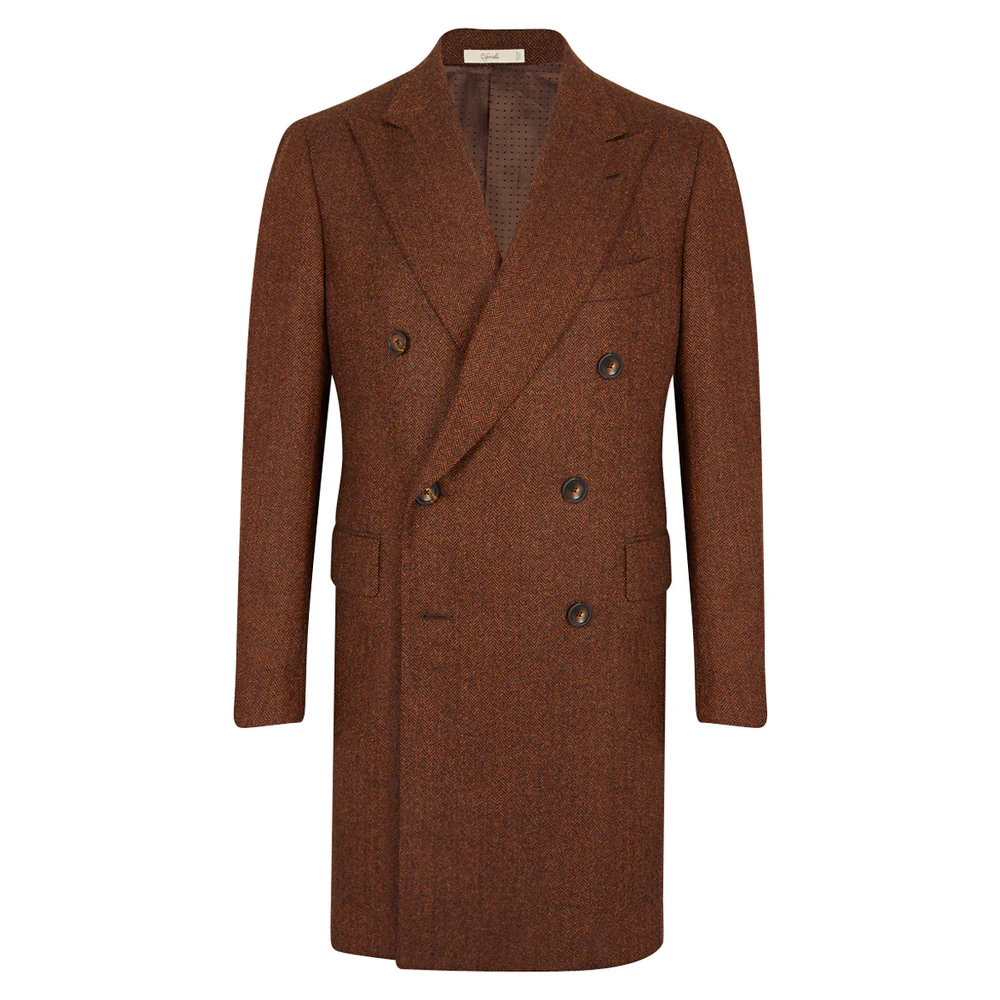
- Your first suits should be in wool as well
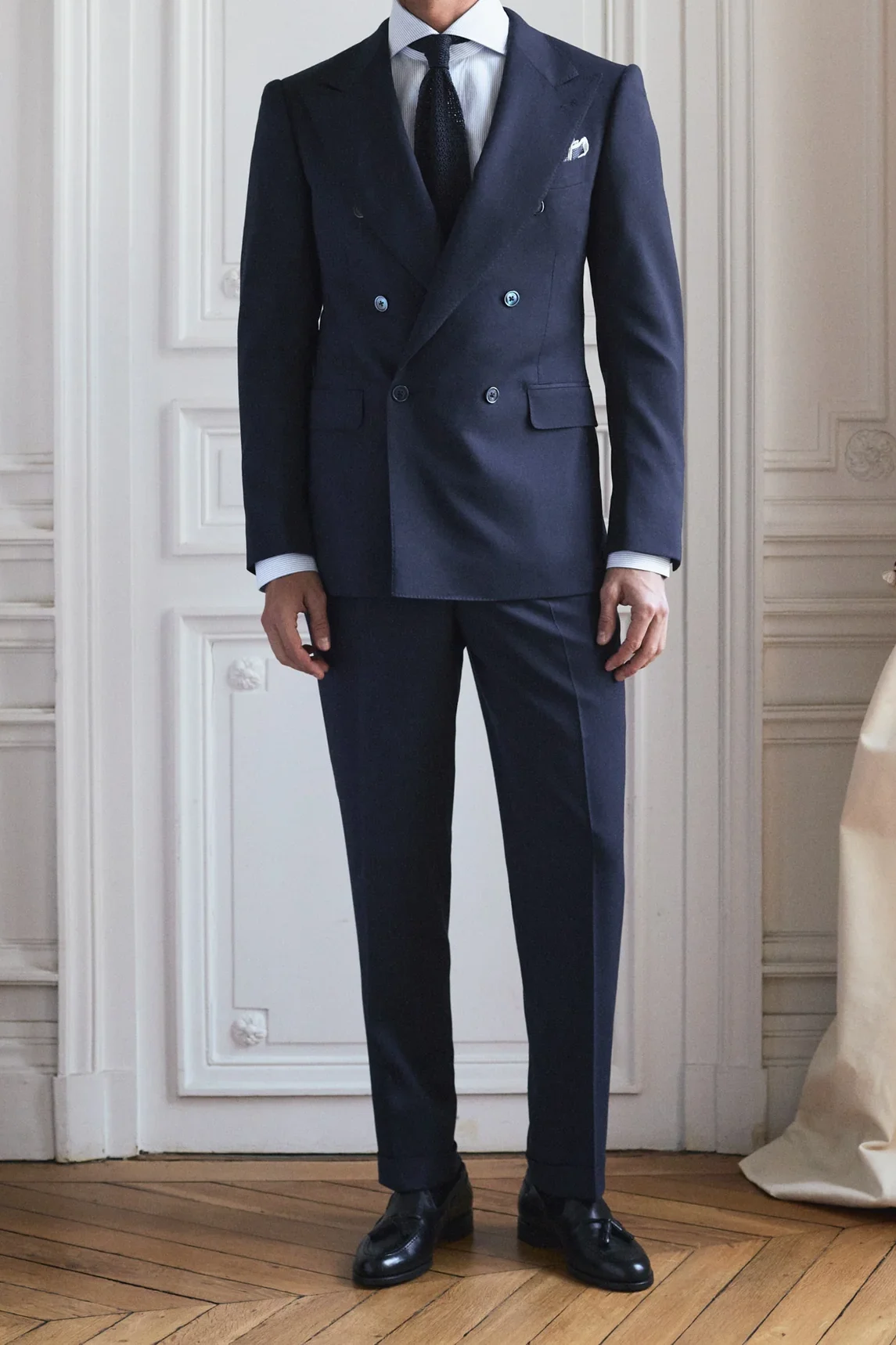
- Obviously wool shines in knitwear
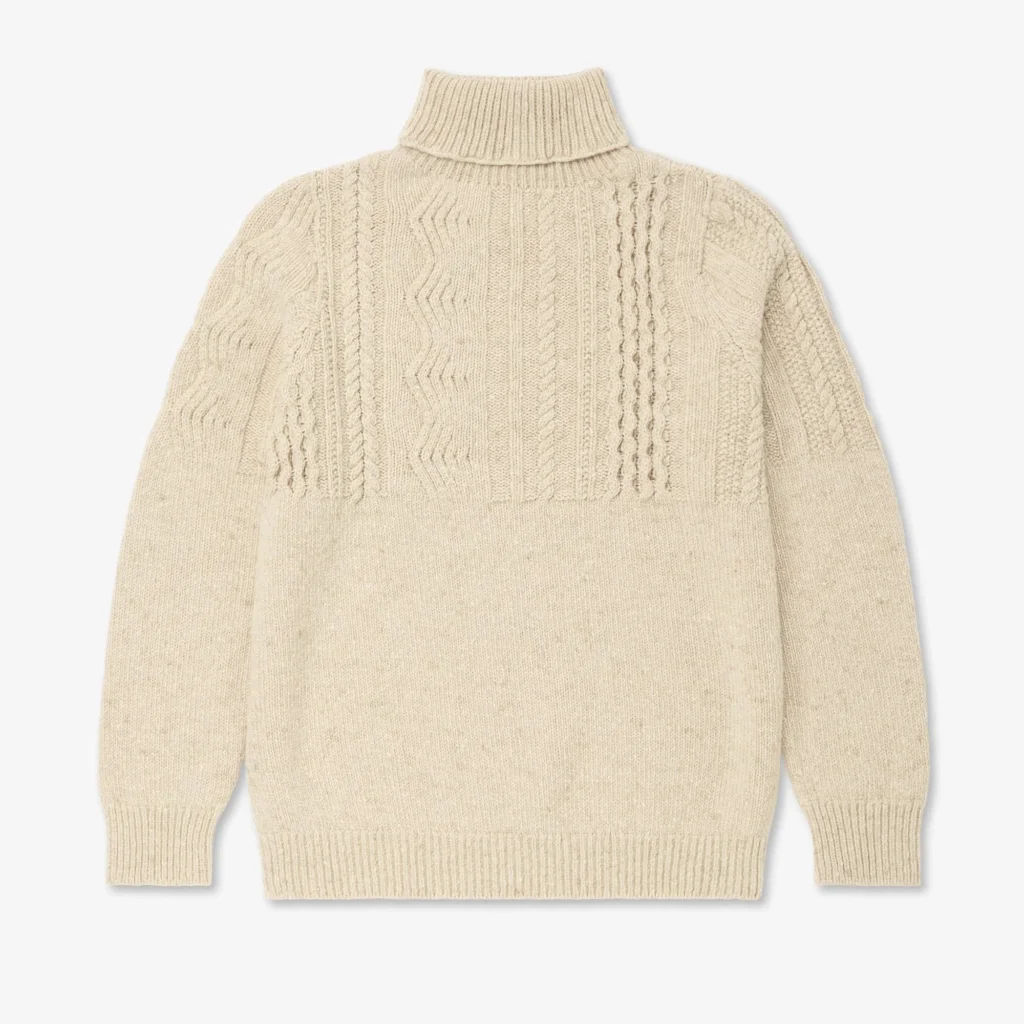
Silk
Silk is a natural fabric of animal origin, produced by the larva of the Bombyx mori moth, commonly known as the silkworm. These larvae feed exclusively on mulberry leaves (Morus alba), and when they begin to pupate, they spin protective cocoons made of a single, continuous silk filament — sometimes over a kilometer long.
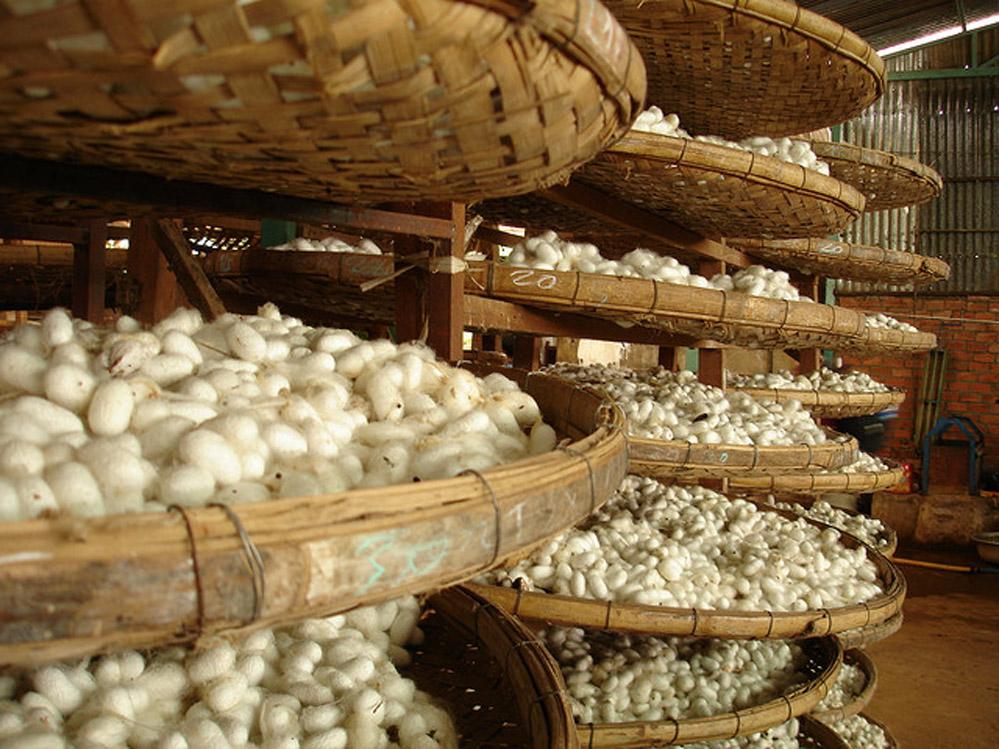
To harvest silk, the cocoons are carefully collected and typically boiled or steamed to soften the sericin (a natural gum that holds the threads together). This allows the silk filaments to be unwound in long, delicate strands, which are then spun into silk yarn. The process is labor-intensive and delicate, which contributes to silk’s high value and luxurious reputation.
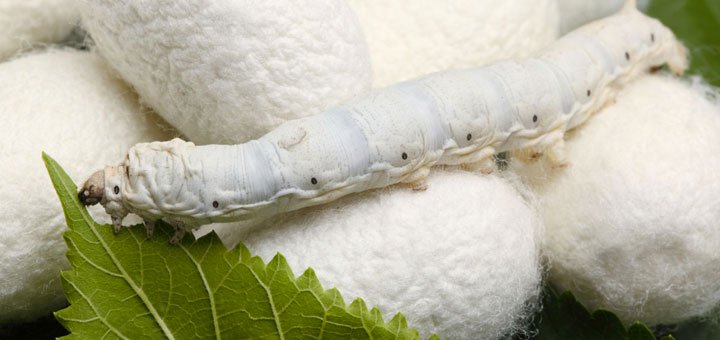
Silk is primarily considered a luxurious fabric due to its exceptional softness and the way it reflects light, giving it a natural sheen and rich appearance that’s difficult to replicate with other materials. It’s also extremely lightweight, which allows it to drape beautifully over the body.
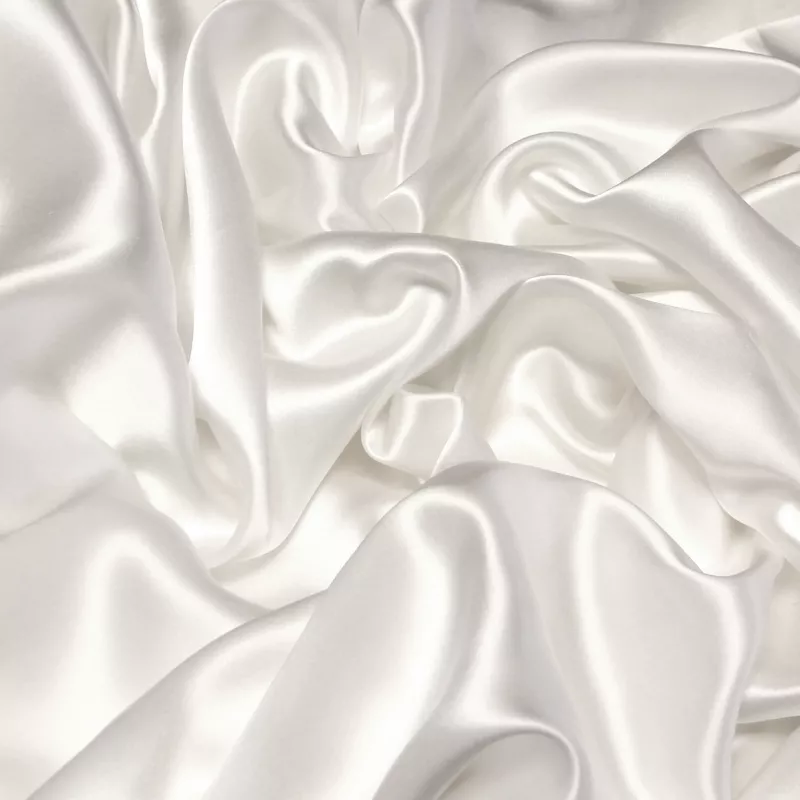
Silk shares some beneficial properties with wool, although not quite at the same level: it is somewhat breathable, it absorbs moisture well and dries quickly, and it offers decent temperature regulation.
The main drawbacks of silk are that it’s delicate and expensive. It also requires special care when it comes to cleaning and ironing, as it wrinkles easily and can be damaged by heat or harsh treatment.
In menswear, silk is more commonly found in accessories than in core garments — but not exclusively: See the How to Wear a Hawaiian Shirt article!
- Silk accessories are abundant: scarves, ties, bow ties, and pocket squares

- When it comes to suits, silk is often used for linings, alongside materials like viscose. But it’s not limited to that. Where silk truly shines in tailoring is in blends. Combine silk with wool and linen—like in the renowned blends from Loro Piana—and you get a remarkable fabric that’s soft, breathable, and durable. Silk brings a luxurious hand-feel and subtle sheen, wool adds structure and resilience, and linen contributes breathability and texture. Silk on its own would be too shiny and delicate for a full suit, but in blends, it becomes a perfect complement.
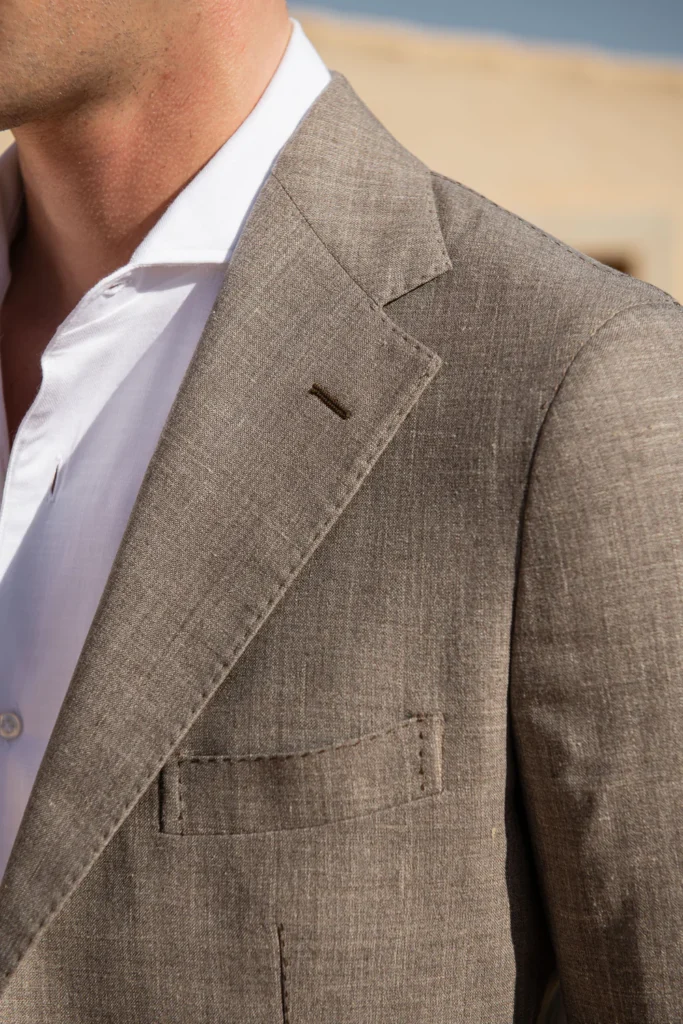
In Closing
There are plenty of good reasons why natural fabrics remain the foundation of menswear, and each one has its own characteristics, so understanding the differences is essential.
Below is a summary table: consider it your cheat sheet. Use it the next time you’re shopping for clothes—and always check the label to see what the garment is made of.
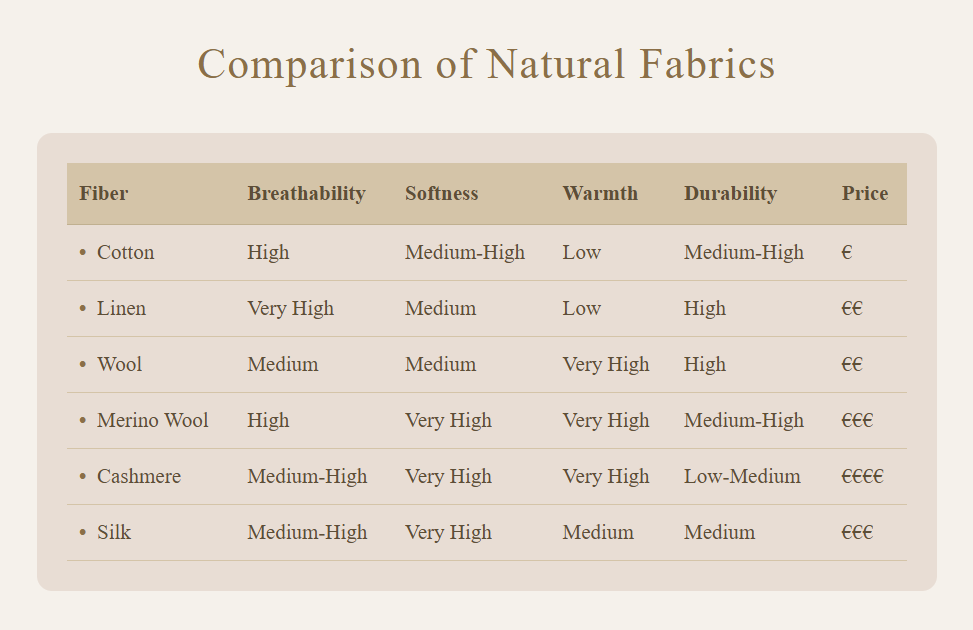
As a general recommendation, choose natural fabrics whenever possible—ideally 100% natural. Their physical properties are often unmatched by synthetic alternatives. There are a few exceptions, however, which I’ll cover in upcoming articles on synthetic and artificial fabrics.